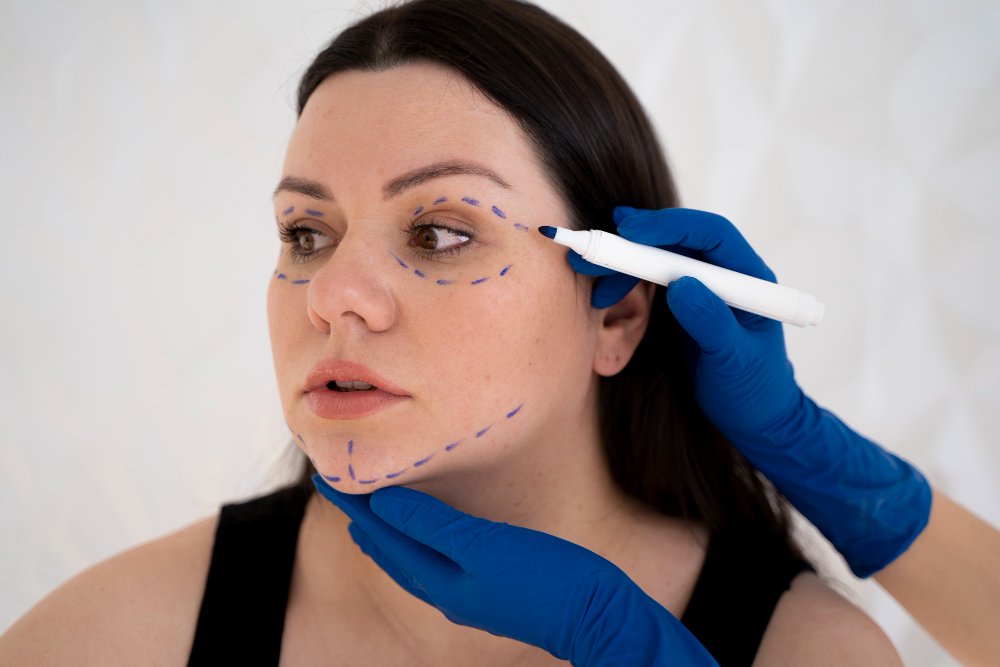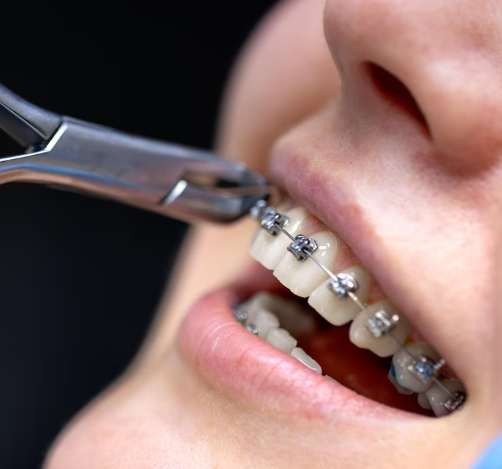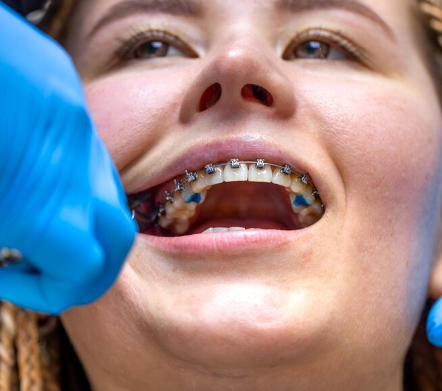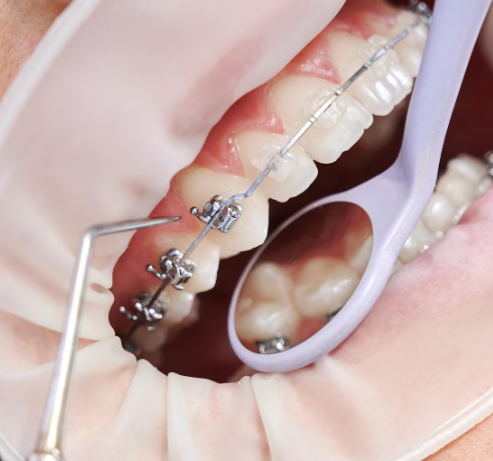Treatment Overview
Under-eye filler is a non-surgical cosmetic procedure designed to correct hollowness, dark circles, and mild under-eye depressions caused by aging or genetics. By carefully injecting hyaluronic acid-based dermal fillers into the tear trough area, the under-eye region appears smoother, brighter, and more youthful.
In Korea, under-eye filler is one of the most popular and widely performed non-invasive treatments due to its effectiveness, safety, and natural-looking results. Korean clinics are known for using advanced filler injection techniques, ultra-fine cannulas, and premium products, making the results subtle yet highly effective.
Purpose & Benefits
- Reduces the appearance of dark circles and hollowness
- Improves under-eye shadowing and tired appearance
- Smoothens the transition between lower eyelid and cheek
- Minimally invasive, quick, and safe procedure
- No surgical incisions or downtime
- Immediate visible results
Ideal Candidates
- Individuals with under-eye hollows, dark shadows, or tear trough deformities
- Patients who do not have excessive skin laxity or bulging fat pads
- Those seeking a non-surgical alternative to blepharoplasty
- People looking for quick results with minimal downtime
- Adults in good overall health, with realistic expectations
Possible Risks & Complications
Although generally safe, possible risks include:
- Temporary swelling, redness, or bruising
- Asymmetry or uneven results (rare with skilled injectors)
- Filler migration or lumpiness (prevented by advanced Korean cannula techniques)
- Tyndall effect (bluish discoloration under thin skin if filler is injected too superficially)
- Rare complications such as vascular occlusion
Korean clinics focus on precision-based microinjections to minimize risks and deliver refined, natural outcomes.
Techniques Used in Korea
Korea is globally recognized for developing innovative filler techniques, especially in the delicate under-eye region:
- Cannula-Based Injections: Reduces trauma and bruising compared to sharp needles.
- Micro-Droplet Technique: Ensures smooth, natural distribution without lumpiness.
- Customized Fillers: Use of premium brands like Juvederm, Restylane, and Teosyal Redensity II designed for tear trough correction.
- Combination Treatments: Often paired with laser resurfacing, PRP therapy, or skin boosters to enhance results.
- Korean “Layering Method”: Strategic placement of filler at different depths for long-lasting and natural rejuvenation.
Recovery & Aftercare
- Minimal downtime, most patients resume daily activities immediately
- Temporary swelling or mild bruising may occur for 1–3 days
- Cold compresses can reduce discomfort and swelling
- Avoid excessive rubbing of the treated area
- Korean clinics often provide follow-up sessions, LED therapy, or regenerative skincare for optimal healing
Results & Longevity
- Results are visible immediately after injection
- Eyes look brighter, smoother, and more refreshed
- Natural effect without an “overfilled” look
- Longevity: typically 9–18 months, depending on filler type and individual metabolism
- Can be maintained with touch-up sessions every 12–18 months
Treatment Process in Korea
Korea is one of the world’s leading destinations for non-surgical eye rejuvenation, offering advanced under-eye filler techniques with exceptional precision. Patients choose Korea because:
- Specialized Techniques: Korean doctors are highly skilled at micro-injections in delicate areas like the tear trough.
- Use of Premium Fillers: Only FDA and KFDA-approved products are used for maximum safety.
- Customized 3D Analysis: Clinics analyze facial proportions and skin thickness before injection.
- Minimally Invasive Care: Use of blunt-tip cannulas minimizes bruising and ensures smoother results.
- Combination Therapies: Often paired with laser toning, PRP, or skin boosters for more comprehensive rejuvenation.
- Aesthetic Philosophy: Korean injectors emphasize natural results that harmonize with the entire face.
- Global Reputation: Many international patients travel to Seoul specifically for under-eye filler due to Korean clinics’ experience and artistry.
Cost Range in Korea
The price of under-eye filler in Korea depends on the type of filler, clinic reputation, and whether additional treatments are included:
- Basic Under-Eye Filler (1cc – Standard Brands): ₩300,000 – ₩700,000 KRW ($220 – $520 USD)
- Premium Fillers (Teosyal Redensity II, Juvederm, Restylane): ₩600,000 – ₩1,200,000 KRW ($450 – $900 USD)
- Combination Packages (Fillers + PRP/Skin Booster/Aftercare): ₩1,000,000 – ₩1,800,000 KRW ($750 – $1,350 USD)
Many clinics also offer package deals for multiple areas (under-eye + nasolabial folds, cheeks, etc.), which can reduce overall costs.
Popular Clinics in Korea
- Banobagi Plastic Surgery Clinic – Known for subtle, natural filler results.
- ID Hospital – Offers customized filler treatments combined with facial contouring.
- Oracle Clinic – Specializes in non-surgical rejuvenation with global branches.
- Regen Plastic Surgery – Provides advanced tear trough filler with regenerative therapies.
- View Plastic Surgery Clinic – Popular among international patients for safe, natural enhancements.
Summary
Under-eye filler in Korea is a highly effective, non-surgical solution for dark circles, hollowness, and early signs of aging. Using advanced cannula techniques, premium filler products, and customized treatment plans, Korean clinics deliver safe, natural, and long-lasting results. With competitive prices, world-class expertise, and comprehensive aftercare, Korea remains one of the top global destinations for patients seeking under-eye rejuvenation without surgery.




